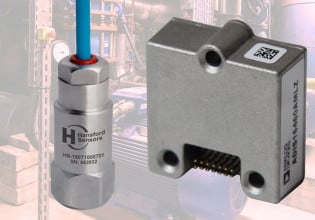K
Ken S.
I understand that there are some differences with UL and NFPA 79. Generally we design the panels and have a UL shop manufacture them and label them. The question is whether BLUE wires shall be permitted to be used for ungrounded dc control conductors per 13.2.4.3 in NFPA 79, or whether ORANGE wire must be used per 13.2.4.1.
Note that the power supply within the control enclosure has a separate 120vac feed which allows the emergency stop functions to remain operable in the enclosure when the the main supply circuit disconnecting means is in the off position.
Note that the power supply within the control enclosure has a separate 120vac feed which allows the emergency stop functions to remain operable in the enclosure when the the main supply circuit disconnecting means is in the off position.






